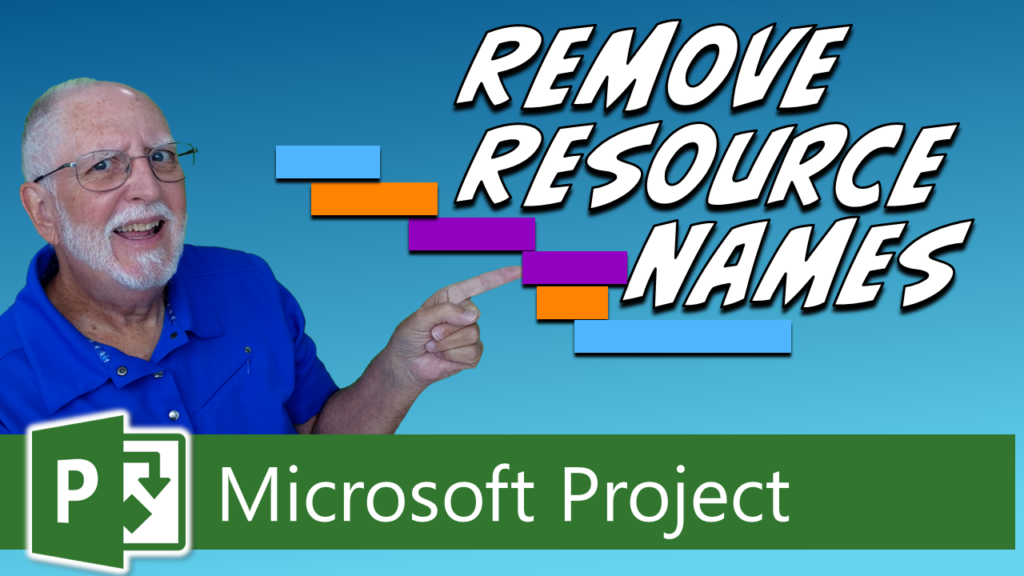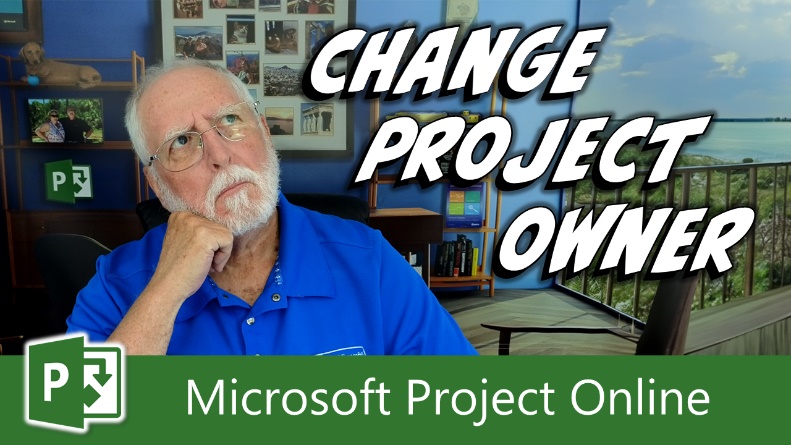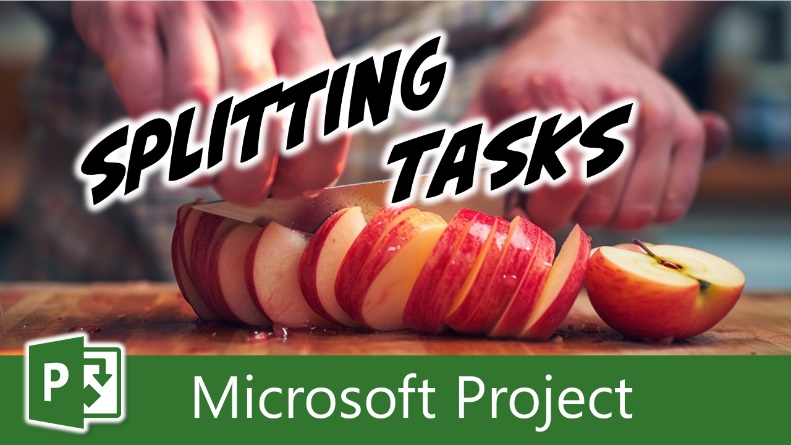Hello there project managers and planners! Today, I’m excited to guide you through the process of entering Fixed Costs in Microsoft Project.
Fixed costs are the expenses that don’t come from labor—things like permits, equipment fees, contractor flat charges, licensing, materials, or environmental testing. If you want your schedule’s cost tracking to be accurate and audit-friendly, mastering fixed costs is essential.
Let’s jump in!
If you’d rather follow along visually, check out my YouTube tutorial on this topic by clicking here or click the thumbnail below

Step 1: Set Up Cost Tracking for Your Project
Before we enter any fixed costs, let’s make sure your project is ready for cost tracking.
- Switch to the Resource Sheet view.
- Enter the Standard Rate (and overtime rate, if relevant) for each work resource on your team.
Once this is set up:
- Move back to the Gantt Chart view.
- Assign your resources to tasks.
Microsoft Project will automatically calculate labor costs based on their assignment units and work hours. You’re already off to a strong start!
Step 2: Identify Tasks That Include Extra Costs
Sometimes a task has an additional expense that isn’t based on hours worked. Examples:
- A $2,000 software license
- A one-time $500 permit
- A contractor invoice for a $3,200 fixed inspection
- A flat rental fee for equipment
These are perfect candidates for Microsoft Project’s Fixed Cost field.
Step 3: Display the Fixed Cost Column
To access the Fixed Cost column:
- Right-click the Select All button — the gray square in the top-left corner of the task grid.
- Choose Cost from the shortcut menu.
- The Fixed Cost column will now appear near the Task Name column.
Step 4: Enter the Fixed Cost
- Select the task you want to update.
- Click in the Fixed Cost cell.
- Enter the dollar amount and press Enter.
Project automatically recalculates the task’s Total Cost to include your fixed amount. Easy win!
Step 5: Understand How Fixed Costs Behave
Here are three important behaviors every Project user should know:
1. Fixed Costs do not roll up automatically
They don’t automatically summarize to:
- Parent summary tasks
- The Project Summary Task (Task 0)
You can choose where you want these costs to appear by entering them on:
- Individual tasks
- Summary tasks
- Or a single “Project-wide costs” task
2. Fixed Costs use the “As Soon As Possible” modeling assumption
They’re treated as neutral, meaning they don’t affect the schedule, timing, or resource allocation.
3. Fixed Costs can be time-phased — but only in reporting
They’re not stored as time-phased data in Project itself, but Project Online / Power BI reports can distribute them across the task duration if needed.
Other Tips
- If your PMO uses baselines, remember:
Fixed Costs are part of Baseline Cost, so make sure you’ve baselined before tracking variance. - Avoid putting huge fixed costs at the project summary level unless it’s truly a project-wide charge.
Doing so can make cost variance analysis harder. - When sharing your schedule, users often forget that Fixed Costs exist unless the column is visible. Add it to your custom tables or views if you need consistency across teams.
Wrapping Up
And there you have it! You now know how to enter and manage Fixed Costs in Microsoft Project—giving you cleaner reporting, more accurate cost tracking, and better communication with your stakeholders.
If you have any questions or insights, feel free to leave a comment below. And if you watched the video, I’d love to hear your thoughts there too!
Don’t forget to subscribe to the YouTube channel and hit that “Like” button if the video helped you.
Let’s keep those projects on track and thriving!
How to Hide Resource Names in Microsoft Project Gantt Chart (2 Methods)
Change the Owner in Project Online
In this post, I’ll guide you through the process to Change the Owner in Project…
Create a Master Project in Microsoft Project Online or Project Server
Import a Free Quick Access Toolbar and Ribbon
In this guide, I’ll show you how to import a Free Quick Access Toolbar and…
How to Use the Split Task Tool in Microsoft Project
Two Methods for Creating a Master Project in Microsoft Project
Creating a master project in Microsoft Project can help you efficiently manage multiple projects by…






Leave a Reply